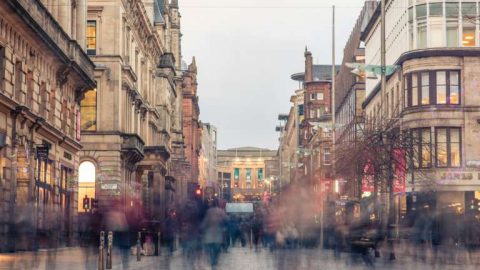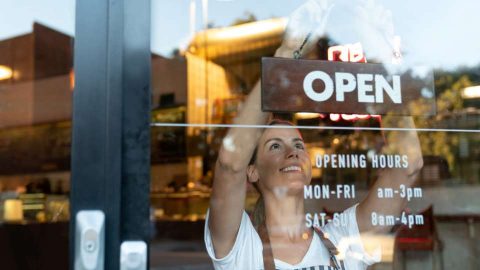A hybrid of home and office working is the future
Predicting what the future of work will look like has been a favourite of trend gurus for years. Hot desks and open-plan offices were in for a long time, then began to go out again as companies discovered that large, noisy open spaces were not, after all, conducive to getting focused work done.
Then WeWork was the agile, scalable future of the office—until it wasn’t. Now Covid-19 has upended all our assumptions once again. But amidst all the chaos, a dim outline of the next few years is beginning to emerge.
One rapid lesson has been that many people really, really like working from home. In my own company, every single staff member has said that, given the option, they’d like to do so, permanently.
There are many reasons for this: no commutes, more flexibility in arranging one’s working hours, freedom from some kinds of distraction, more time with family.
On the other hand, there are other kinds of distraction, some people are just not very good at managing their own schedules—and more time with family, let’s face it, is not an unmixed blessing for everyone.
There are also real benefits to shared workspaces that we are keenly feeling the loss of. On a banal but important level, high-end scanners, printers and network resources are rarely to be found in home offices—and many homes don’t have space for them in any case.
Then there are meetings in which people can move around and read other’s body language, and the ability for managers to pop into meetings for just a few minutes to get a sense of what’s going on. It just isn’t the same in Zoom. It’s also much harder to monitor and evaluate productivity, and with some people battling to adjust to the loss of structure, we anticipate dealing with more HR challenges.
There are also more subtle elements of company culture, which is important to many people and is built on casual interactions. Some of us are missing colleagues with whom we used to chat daily, but who aren’t on the same work team.
When everyone is at home and meeting only formally and explicitly for purposes of work, those interactions disappear. Like most offices we tried Friday afternoon social sessions via Zoom, but attendance waned rapidly.
So, as much as permanent, full-time work-from-home options are attractive, they are not necessarily the solution. Neither, however, is a return to the pre-lock down office environment likely to persist. No, the world is facing a new future, a new innovation, a blend of the old and the new – a hybrid of home and office working that allows everyone to find their sweet spot.
Our future office will almost certainly be smaller, with a lot more hot desks—and a higher cleaning budget to ensure all the surfaces are disinfected daily, at least until a reliable vaccine is widely available and implemented.
We may see regular in person team meetings in the office for one day a week, or one week a month, and gather larger groups for regular lunches or contact days. We’ll probably see an increase in the use of temporary rentals of boardrooms and conference spaces, and in-person conferences and workshops will probably become an even more important part of our annual calendar.
The past couple of months have been difficult, and the next few will not be much easier. But after every catastrophe, there is a recovery—and an opportunity to choose what we take out of the old world and into the new.













